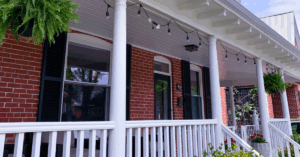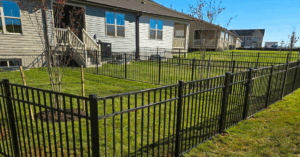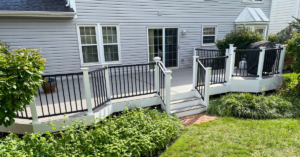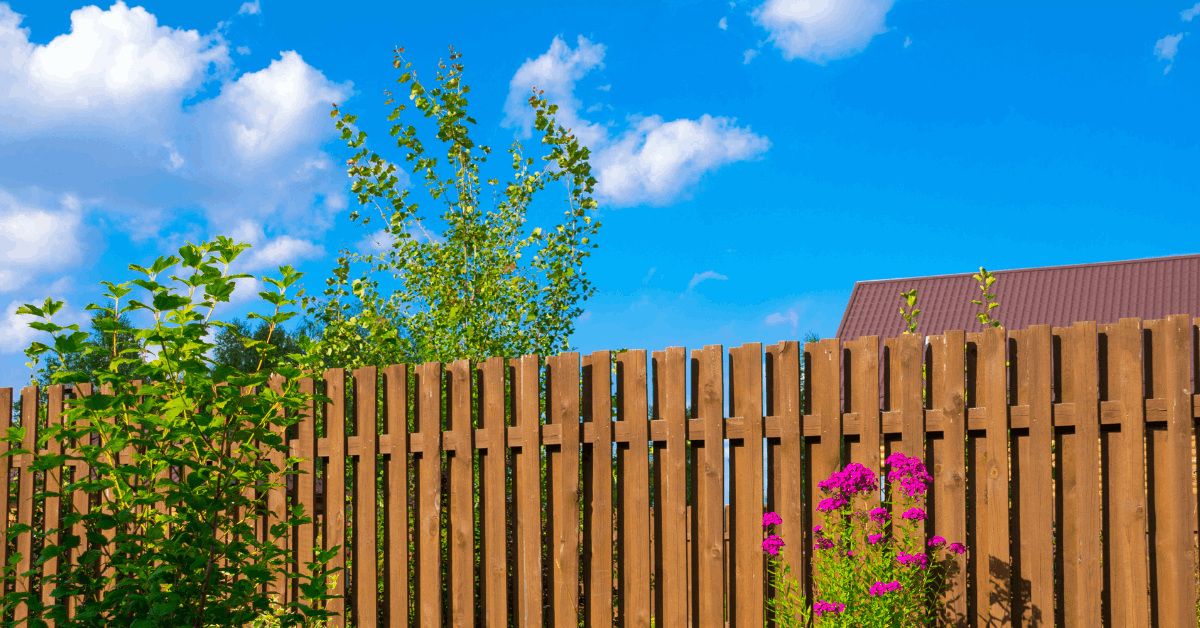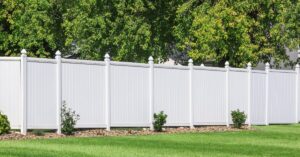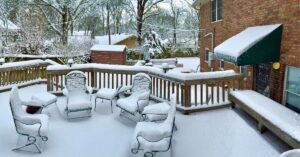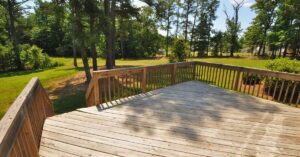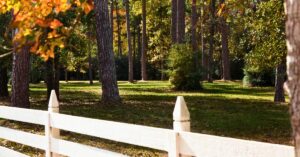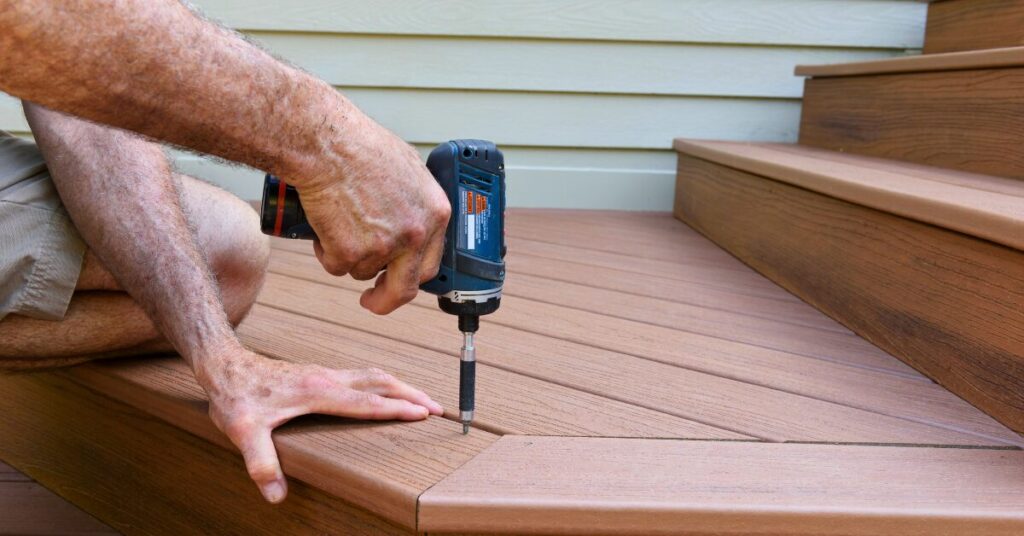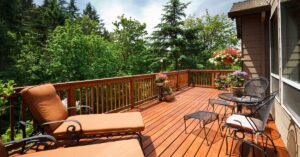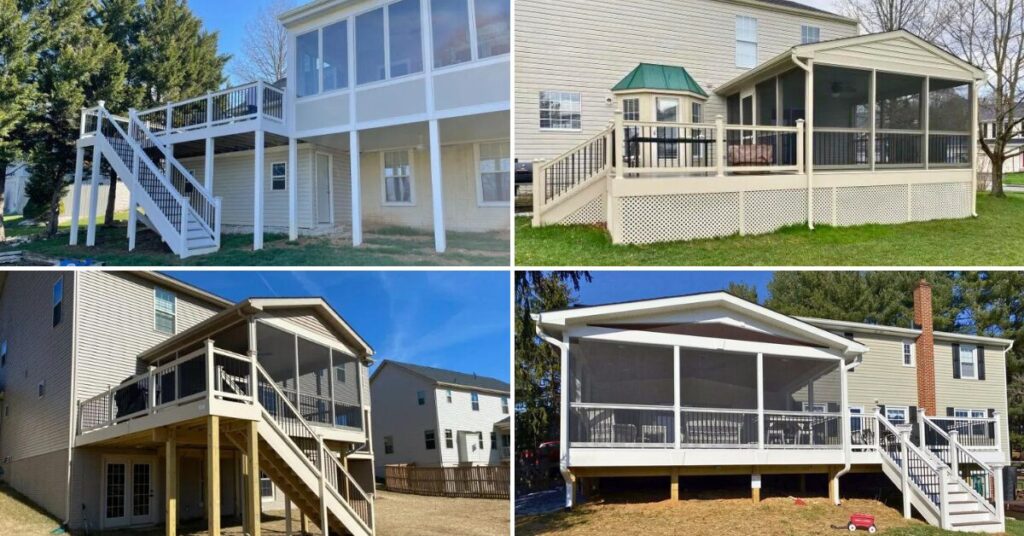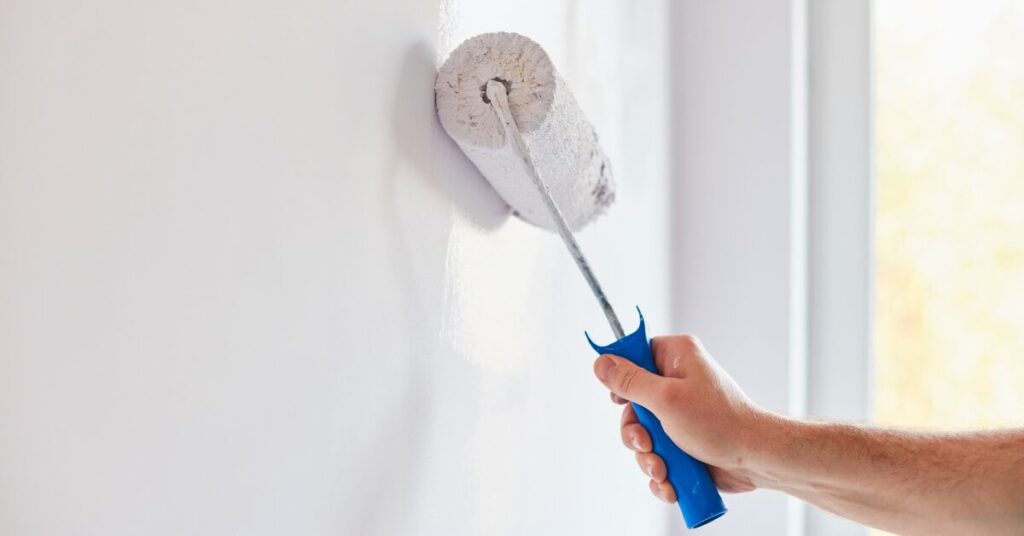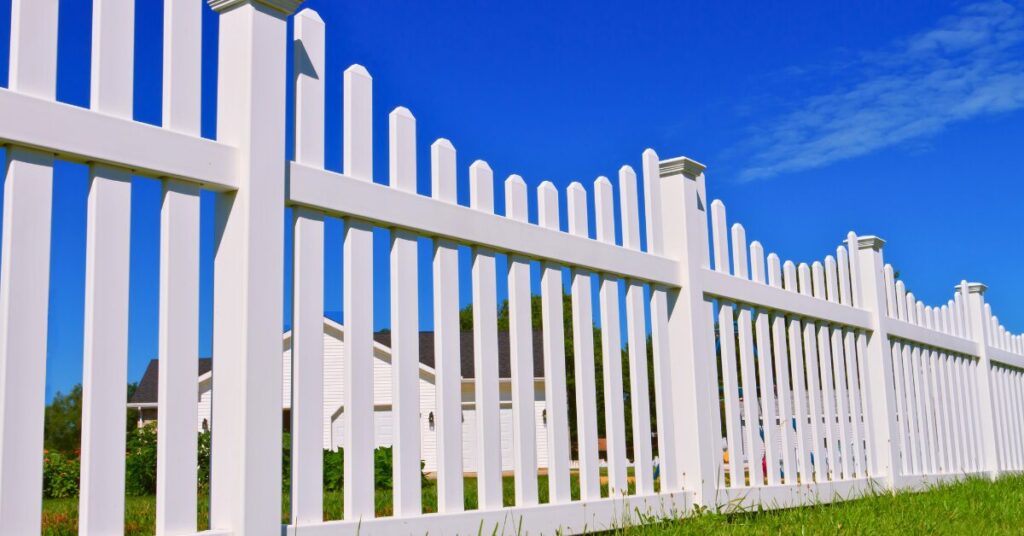
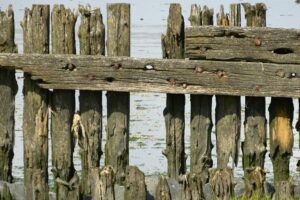 Today, we will look at the two main types of fence rot so you can figure out how to prevent them.
Today, we will look at the two main types of fence rot so you can figure out how to prevent them.Fence rot can be such a problem. It’s incredibly destructive to wood fences and can often destroy those fences entirely. You’ll want to prevent rot from happening whenever possible, but this first means you must understand why it occurs. Knowing the causes makes it easier to know the prevention measures to take. To help determine the cause, there are two main types of fence rot: dry rot and wet rot, and each is caused in different ways. Today, we will look at the two main types of fence rot so you can figure out how to prevent them.
Wet Rot
Wet rot is the more common kind of rot. It’s caused by having wood absorb moisture and having the wood stay damp for a great amount of time. You will often see wet rot at your fence’s bottom because the ground can often get damp and soggy from factors such as rainy weather. If left unchecked, wet rot can make your fence split, crack, and become weaker overall.
Dry Rot
Some may be surprised that wood can rot from being dry, but this can happen under certain conditions. Dry rot occurs whenever your wood fence is exposed to incredibly dry and hot weather conditions. Over time, the natural oil levels inside the fence start going down, and once your fence has dried out, the wood becomes softer. This leads to the development of fungus that can make your fibers deteriorate. You may notice dry rot if your fence breaks without difficulty, crumbles, or becomes brittle.
Preventing Fence Rot
Since rot is caused by different environmental conditions, the preferred way of dealing with it would be to remove whatever stimuli cause rotting. For example, foliage near a wood fence could cause wet rot because plants retain moisture, so keep them away from your fence.
Periodic washing of your wood fence is advised as a good general maintenance procedure. Make sure your fence has enough time to dry once you’ve finished washing it.
It also helps if you have a protective coating, such as a sealant. This will help your fence retain natural oils, so it doesn’t dry out as easily. At the same time, it assists in keeping moisture from getting into your fence to cause wet rot.
Lastly, if your fence still experiences rot, you should contact your local fencing company. They will have advice on how to care for your fence or if you should simply get a new one.
Contact Albaugh & Sons
Since 2003, Albaugh & Sons, LLC has been dedicated to meeting the fencing, decking, and home remodeling needs of homeowners throughout the greater Frederick area. All of our team members are experienced, well-trained, and committed to exceeding the expectations of every customer.
Visit our website here, and follow us on Facebook, Twitter, Pinterest, and YouTube.

Customer Testimonials
We could talk all day about the happy homeowners we’ve provided renovations for, but the real measure of merit lies in customer reviews. See what people are saying about Albaugh & Sons.

